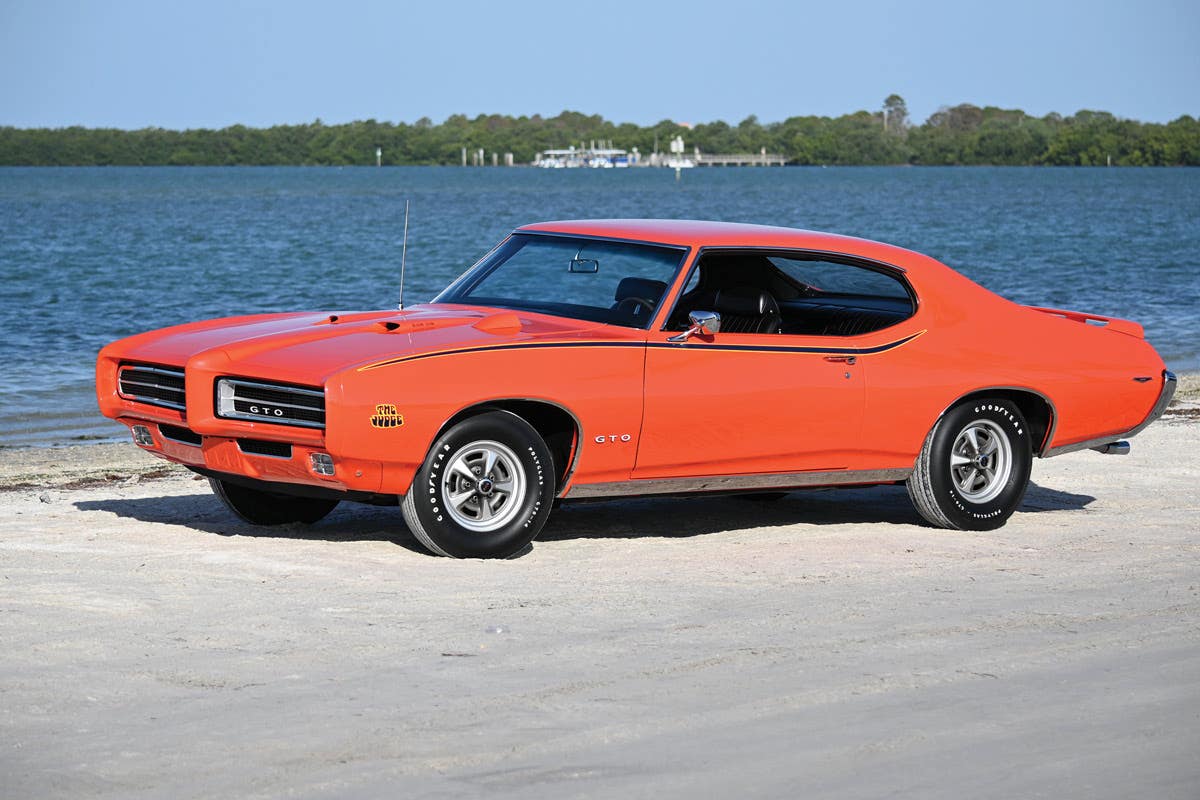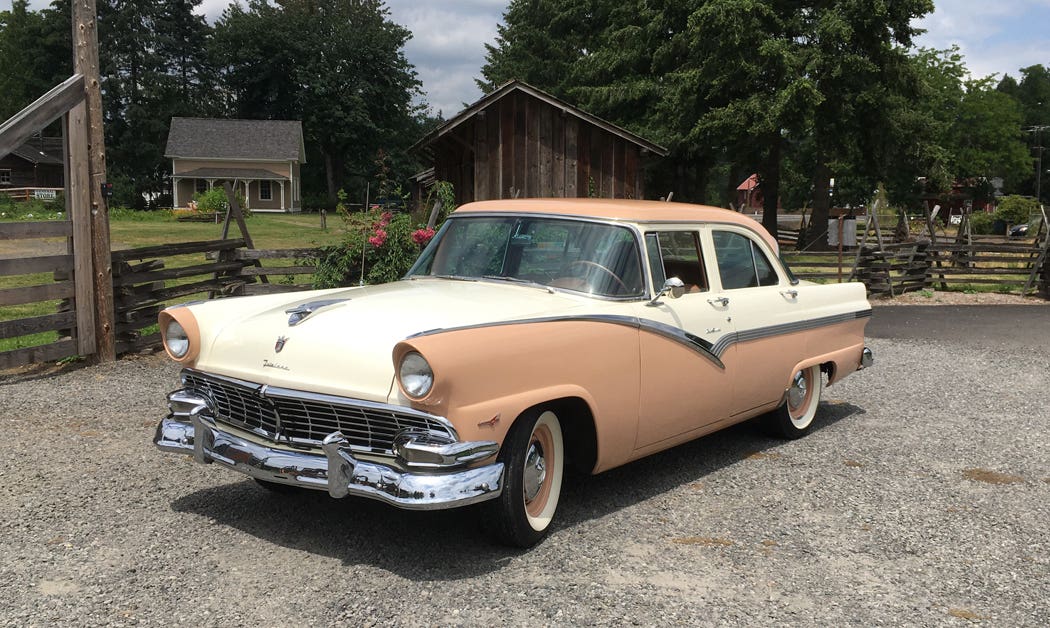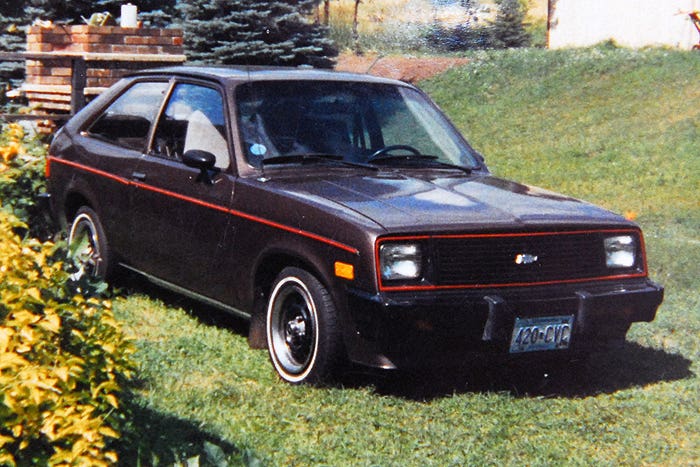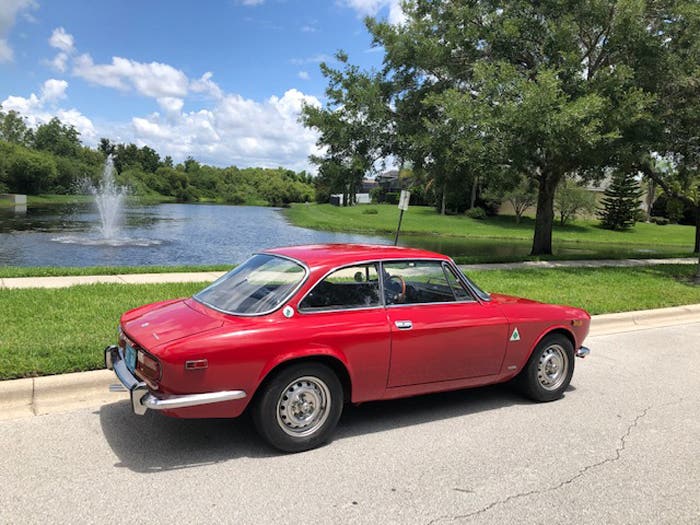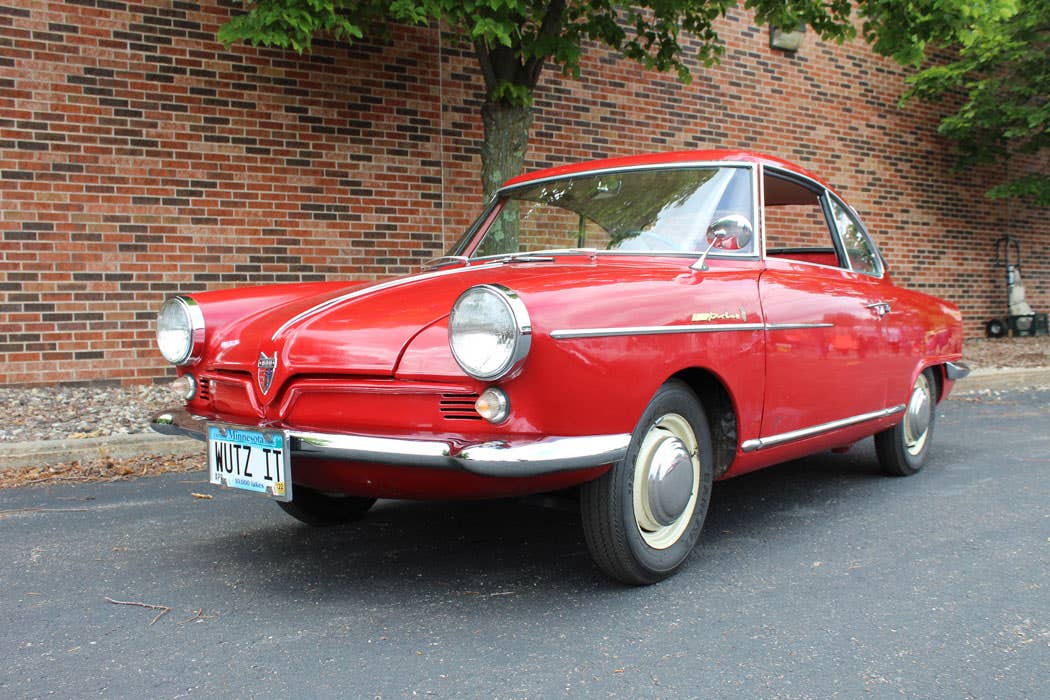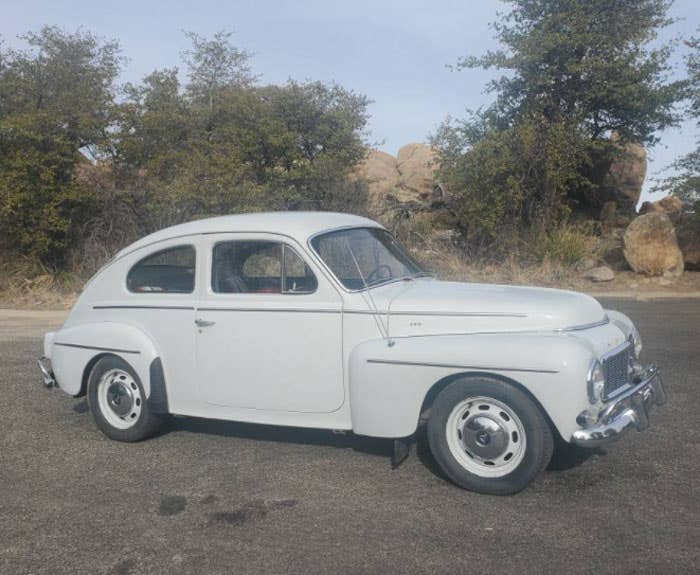Motor City Milestones: The Ford Crown Victoria
One of the longest-lasting car designs of all time.
As automobiles evolved and became more diverse, there has always been a basic automotive niche that Ford manged to fill: the public service role.
Beginning in 1998, the Ford Crown Victoria received a more upright
front-end design and the quarter window behind the rear door was
eliminated.
As Chevrolet grew popular in the 1920s, it became Ford’s rival in providing cars for public service jobs. By the 1930s, the principal public service roles had evolved to taxicabs and law enforcement. Ford was dominant in law enforcement use because of the performance of the famous Ford V-8 engine. Even Clyde Barrows, of Bonnie and Clyde fame, wrote a letter to Henry Ford, complimenting Ford on his good-performing cars. After that endorsement, it was no surprise that police departments everywhere had to have Ford V-8s to catch the folks on the other side of the law.
For several decades thereafter, the taxicab fleets of America were dominated by Chrysler products and Checker Motors. But by the early 1980s, Checker shut down and MoPar products were losing their appeal to cab companies. In 1977, Chevrolet introduced its first downsized Caprice/Impala, and Ford followed in 1979 with its first downsized LTD/Crown Victoria. Both of these new cars had more room on the inside, yet were significantly smaller on the outside. Together, these two cars took over the public service fleets of America. The Caprice, in particular, dominated the taxi fleets. Because both could be had with powerful V-8s, they also took over the police fleets of America, everything from the local sheriff to the state patrol. By 1990, these two cars dominated the police and taxi markets, with Chevrolet seemingly the most popular.
By 1990, Americans were getting used to the higher price of fuel that had resulted from the oil embargoes of the 1970s. There was a perception in Detroit that there was a renewed hankering for larger cars again, the kind that Americans had been used to in the 1950s and 1960s: rear-wheel drive with room for six passengers. So Chevrolet came out in 1991 with a newly redesigned Caprice for the taxi/police market, and people who again wanted a big car. Police and taxi companies had not shown much interest in compact, front-wheel-drive replacements for their big cruisers. Ford followed the Caprice with a completely new Crown Victoria a year later in 1992.
The Crown Victoria has become one of the longest-lasting car designs of all time, while the Chevy was gone in five years.
The new Caprice turned out to be a catastrophe. Chevrolet tried to apply the aerodynamic or “jellybean” look popularized by the first Ford Taurus to a large car. It didn’t work. The new Caprice came out looking fat in the hips and rear end, something like a grossly overweight 1949 Hudson. But the Hudson design was slim towards the rear, while the Caprice was fatter. The following year, when the redesigned Ford Crown Victoria came out for 1992, the public reception to the Ford was much more favorable. The Crown Victoria looked slimmer and more rakish, yet had as much room inside. The cabin was set farther back on the chassis, giving it a look very similar to the contemporary Jaguar XJ sedans.
Up front, there was no grille, only an air scoop as on its little sister, the Taurus. Overall length and wheelbase were almost identical to its downsized predecessor, 211 and 114 inches, respectively. Yet the car looked, and still does, slim and rangy and eager to roam the roads of North America, not fat and dumpy like the Caprice.
Power came from a new-generation 4.6-liter V-8, available with 190 or 210 bhp. Over the years, that power would creep up a bit to as much as 239 bhp. A small grille was added in the second year of production (1993) and a larger, more conventional grille appeared for the 1998 model year. When introduced, the Crown Vic had a rear quarter window behind the rear door. That window was eliminated in the 1998 revisions. The Mercury Grand Marquis, a nearly identical version of the Crown Victoria, never had that third window. The trunk on these cars was huge, with 20 cubic feet of space to allow a row of suitcases to be dropped in side-by-side standing up. Also in 1998, a Watt’s linkage rear suspension was added, along with other handling improvements. Otherwise, the cars are little changed today with only detail refinements having been made over the years. This is quite a testament to the soundness of the original design.
The head-to-head competition between the second-generation downsized Caprice and the second-generation Crown Victoria was one-sided. The Caprice sold poorly and was taken out of production after 1996, but the Crown Victoria kept on selling, year in and year out. The Crown Vic and the Grand Marquis were a success right from their introductions and they each continued to sell roughly 100,000 cars per year through the 1990s. That resulted in a staggering 1,361,640 cars built through the 1998 model year for both Ford and Mercury.
And the cars are still in production! That is a record 18 years of production and still counting. Virtually every law enforcement agency in the country that runs rear-drive, full-sized cars runs Crown Victorias — the only alternative is the Dodge Charger. General Motors was driven from the full-size, rear-wheel-drive market after 1996 and has not returned. Cab companies that still subscribe to this formula are almost exclusively Crown Victoria-based. Today, production continues primarily for commercial users and not the general public.
Yet the Crown Victoria still looks handsome and well proportioned, and it still rides and handles well. It is a commendable and outstanding record of production, and I still like the looks of these cars, even after all these years and seeing so many of them.
My hat’s off to the designers and engineers that developed this outstanding car design.
Questions, corrections or comments? E-mail the author at byronolsen@comcast.net
MORE RESOURCES FOR CAR COLLECTORS FROM OLDCARSWEEKLY.COM



